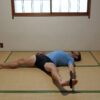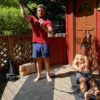As the saying goes, “summer bodies are made in winter.” While summer is a great motivation for striving to improve your fitness, health, and appearance but the reality is, all year long is the best and most important time. And if you’re just starting your fitness journey, this guide can help you with your question “How to Start Strength Training?”.
This beginner’s guide to resistance training will give you all the basics you need to start your fitness journey and a few extra tips and motivation to keep your momentum and accomplish your fitness goals.
What is resistance/strength training?
Resistance training is a common form of exercise, also known as strength training, where you train by contracting and exerting your muscles against an opposing force, resistance, to increase your muscular strength.
What is needed for resistance training?
Many times, people confuse strength and resistance training with weight training. However, this is not correct. You do not have to lift heavy weights to enjoy the benefits of resistance training.
The good thing about your muscles, is they do not care where the resistance comes from. You do not have to spend hours in the gym, you have options. Choose whichever is most convenient for you and fits your budget and lifestyle. A few examples of where you can get the resistance for your training are: your bodyweight, free weights llke barbells and dumbbells, resistance bands, or Bullworker equipment.
Most Important Thing To Starting A Strength Training Routine
Choose something that you will stick to. Make it simple, convenient, and fitting to your lifestyle. Sustainability is the key here. The best strength training routine in the world does you no good if you do not stick with it.
Your body is an incredible system!
The ability for your body to adapt and get stronger, or weaker, is amazing. At the end of the day, your body is an efficient system of response. If your body experiences stress on your muscles, your body’s response is to strengthen those muscles to decrease future stress. That is the benefit of a resistance strength training program.
How does resistance training work?
More simply put, when your muscles experience resistance or stress, they want to ensure you are better able to handle that resistance in the future.
What does your body do? Your body repairs itself to be even stronger. Therefore, the way we train is to stress your body with resistance training which tears down your muscles. In response, your body builds back those muscles even stronger. This creates a cycle of strength training. You break your body down and your body builds back stronger.
The process of tearing your muscles down, microscopic of course, and your bodybuilding these muscles back bigger and stronger is known as hypertrophy.
Should I train all the time?
One might think the more you train the more you will experience the gains – so train all the time. This has some truth to it and keeping a consistent resistance or strength training program is important, especially if you want to maintain your rewards.
However, remember when you train with resistance, you are breaking your body down. If you continue to break your body down and don’t allow for recovery you will experience the opposite effects (getting weaker and injuries). It is in the rest and recovery where your body is able to build yourself back up to being stronger. Therefore, just as important as a resistance training routine is a recovery period and routine.
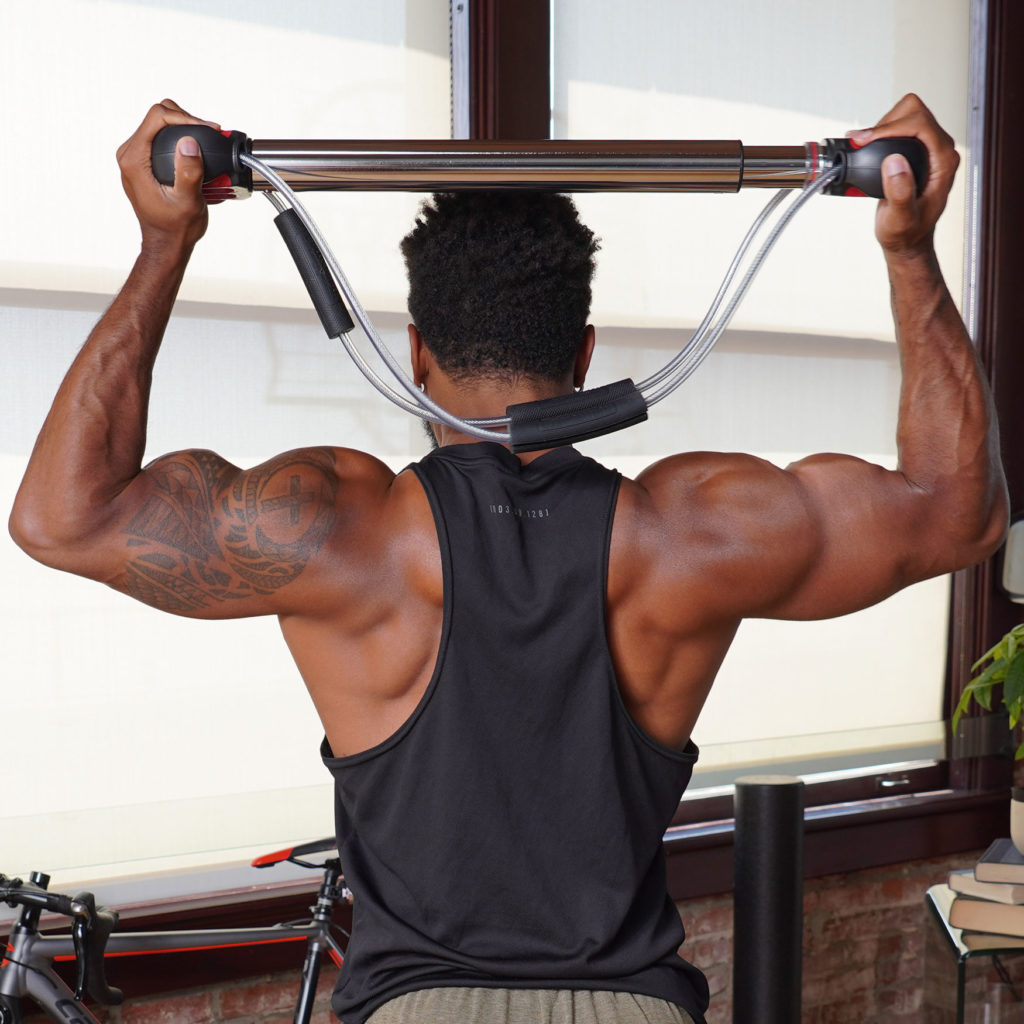
Rest
Yup, that is right, rest is a part of resistance training. Take time for your body to heal. Allow for at least 48 hours in between strength training each muscle group. How this fits into your schedule is up to you. Some people prefer to be active every day with their resistance training program so they break each day into different muscle groups. An example would be to exercise your back today and your chest tomorrow. This will allow for your back to have the rest and recovery for the next time you exercise your back. Others might prefer to do a total body workout and take a day or two in between. Find what works for you and do not be afraid to mix things up.
Sleep
Of course, not using those muscles gives them the opportunity to heal but the majority of this healing and rebuilding occurs during your sleep. Make sure you are getting sufficient sleep. For the average person that is roughly 7-8 hours a night. Some might say I do not have the time to sleep that long. Trust us, it is worth the extra hour or two. You will be more productive, have more energy, and your body will rejuvenate itself to a stronger, healthier, and more able machine.
Nutrition = Recovery
Your body is an amazing machine, but it has not yet learned to make something out of nothing. Your body is made of what you put into it. Therefore, to maximize your health and the efforts you are putting forth with your strength training program, make sure you are giving your body the nutrition it craves.
You have probably heard it before, “You cannot out train a bad diet”. The truth is, this is right. In fact, most of the work and transformation you will experience comes from inside the kitchen rather than the few hours you spend a week with resistance training.
Think about it, a rigorous fitness regimen will take about 4-6 hours a week of training. That leaves 164 hours left for plenty of sleep and nutrition. Then, after you clock in your sleep and tasty but nutritious meals you can live your best life and enjoy the new feeling of being more capable and performing better at whatever it is you choose to do.
A beginner’s guide to resistance training: Now the fun stuff!
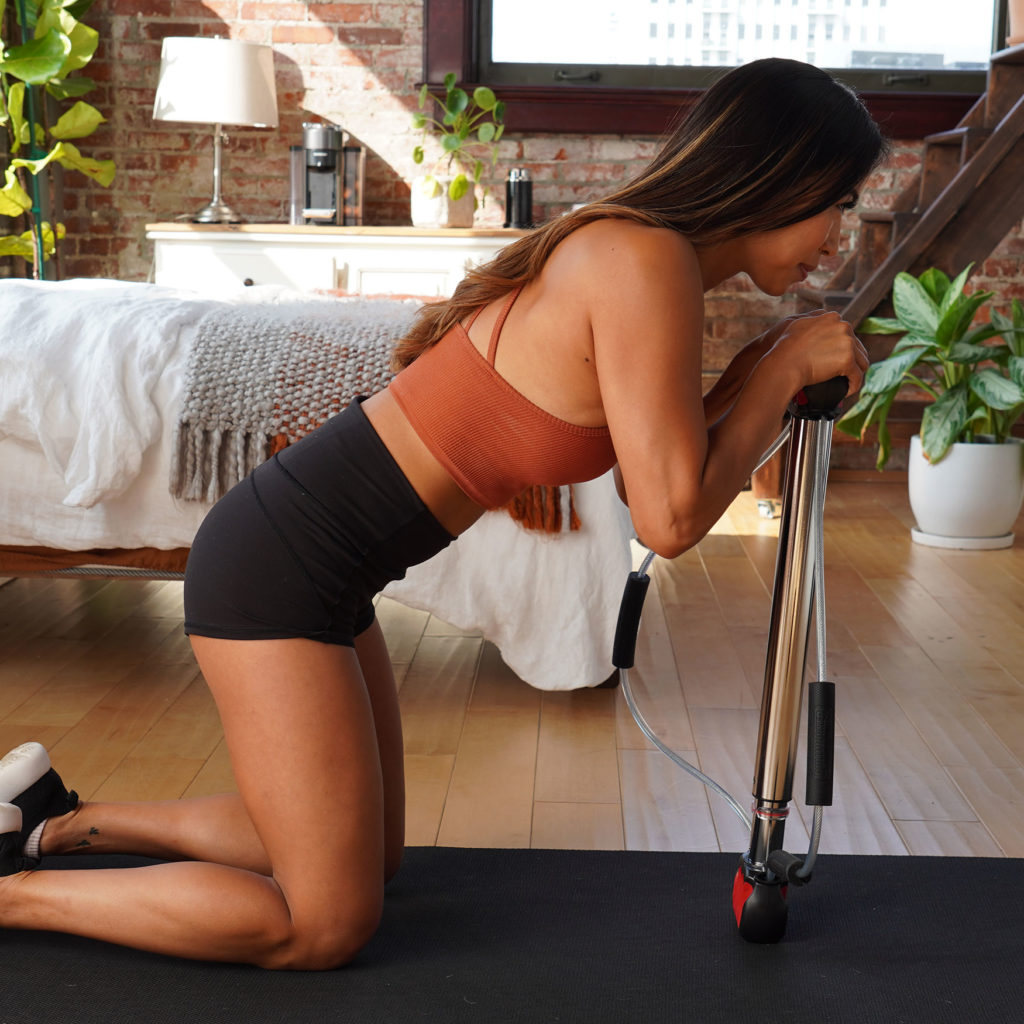
Start slow
Now that you understand a little more about the nature of resistance and strength training, it is time to get going and this beginner’s guide to resistance training is the right place to start.
We have already learned the majority of the magic happens outside of the physical training periods. That is something important to remember. Nothing happens in a day or a relatively short period of time.
This is your fitness journey and it will constantly evolve and change but the important thing to remember is it is a marathon, not a sprint. Start slow and focus on your fundamentals. Become more in tune with your body by listening to how you feel and focusing on your form and biomechanics.
The winner in this race is not who lifts the most or uses the most resistance, the winner is the one who focuses on form, time under tension, and sticks with it ultimately building a body that performs at the functions of your daily life.
There will be plenty of time to get after it. Too many people start off too fast. Whether that is too much resistance, taxing your muscles, or not giving yourself a break. This can lead to injuries or burnout which then takes you further away from your goals.
Now that you have the right mindset as you embark on your fitness journey, let’s touch on some basics.
Warm up
Making time for you to ease into your workout or warmup is a good idea. The warmup can be more critical for some than others but use your warmup to dial in your body awareness. Stay focused and be present. Use this time to take care of yourself and forget about what is going on outside.
The first key to accomplishing your fitness goals is to drop the ego. Using less resistance does not make you less of a person. In fact, it speaks confidence and makes you more of a person. Literally.
Taking the time to learn how to activate your muscles will not only reward you with more gains but also translates to better performance in real life. Some would call this functional fitness; we call it mindful or intentional fitness.
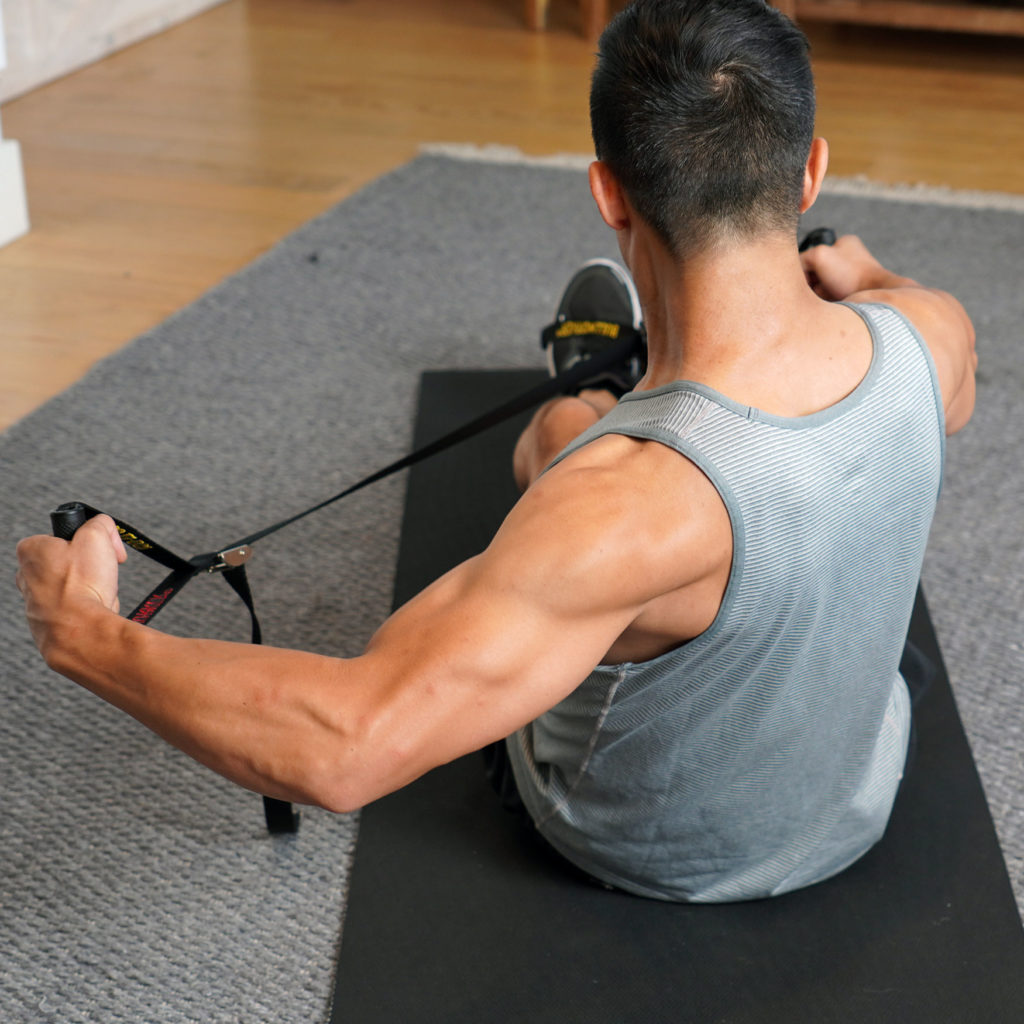
General Rule
An easy way to remember a good exercise sequence and which muscles to work and when, is to train by size. The larger the muscle the earlier you should have it in your strength training routine. For example, if you are going to be doing deadlifts that utilize major muscles like your quads and glutes you should do that before training your biceps.
Which Muscles Do I Prioritize?
Great question and for someone just getting started, you might be tempted to start with bicep curls. This might be the right move…if you are solely looking for bigger arms.
However, if you are focusing on your overall health, longevity, and biggest bang for your buck we recommend starting with your larger muscles.
Some muscle groups you will want to ensure you include in your resistance training routine are your glutes, core, back, quads, hips, hamstrings, and your shoulders. The show muscles will grow too and you can fill in the gaps with added work as you go.
Bonus on training the bigger muscles, they burn more calories and build a stronger foundation resulting in more gains!
Listen to Your Body
As you start to become more familiar with your strength training program you will start to become more in tune with your body. You can feel which areas might be getting overlooked and which might be getting overworked. Adjust accordingly.
Where to start?
Start with your basic movements. When you are beginning your resistance or strength training program, start with a few major exercises. For example, your first week you can train with only 5 -7 exercises. Keep it simple and intentional.
Repetitions
When beginning your resistance training program, an optimal rep range is to perform anywhere between 3 – 4 sets of 8 – 12 repetitions of each exercise.
Increase intensity as you go
Once you start to feel confident in your form and familiarity with resistance training start to increase your intensity. Increasing your intensity can be accomplished in a few ways.
- Take less breaks
- Increase your number of repetitions
- Increase your isometric hold duration
- Increase your resistance
- Add compound movements
- Superset
Routine variations
Identifying what you are training for is important to understand and will dictate how you train.
For example, in general strength training and cardio are on the opposite side of the spectrums. If you are going to go for maximum focus, you have to choose one or the other. Or you can find somewhere in the middle but expect results in the middle too. A few types of training goals are:
- Strength Training – using resistance training and focusing on increasing your strength
- Cardiovascular Training – focus on training your heart and pulmonary system by keeping your heart rate and exertion levels steady for a longer duration
- Toned Muscles – shedding fat and building lean, tone muscles
- Bulk Training – focus on building size
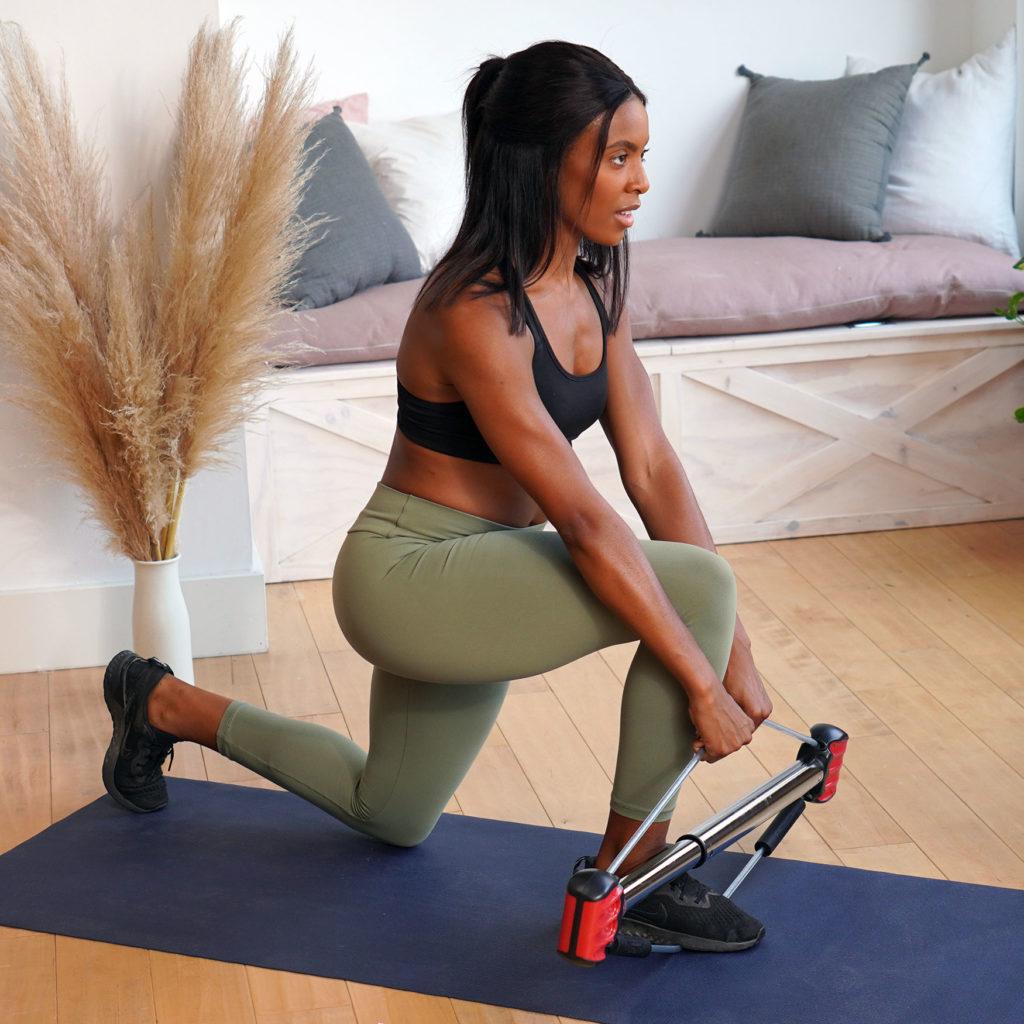
Stay Motivated
Remember, you are starting a resistance and strength training program for the results of being able to live your life with more energy and strength resulting in more opportunities and less risk of injury.
Make sure you create a sustainable routine. Some tips to stay with your fitness journey can be:
- Partner up: find a training partner or partners. Grab a friend, family member, or colleague who has similar goals. Make sure you enjoy them ;) It can also be a two bird one stone opportunity to get to know someone better or spend time with someone you want to have a deeper relationship with.
- Mix it up: Sticking to the same routine can become boring. Not to mention if you train the same way all the time, your body becomes accustomed to this training and the results and overall effectiveness start to diminish. Get creative and find different routines, places, or people to train with.
- Music: Creating a playlist or listening to your favorite jams can always spice things up and amp your mood for training.
- Outfits: Sometimes finding a new outfit or training gear can give you a little extra edge to keep your efforts up.
- Remember the benefits and reasons you are training (Burn fat, feel better, reduce risk of injury, performance, sleep better, boost mood/reduce stress, improved dr. visits, less health risk – bone density, blood pressure, cholesterol, posture, muscle imbalances-).
Research
Once you start to feel good about where you are with your strength training routine, do not get complacent. Keep learning and asking questions. The more you know the better results you can expect. You likely will find ways to create more efficient programs for your lifestyle and schedule.
Set Goals (Be Realistic)
Make sure you set goals for yourself. Like anything in life, without goals you tend to wander aimlessly and do not accomplish what you are capable of.
Similar to training your larger muscles and working your way to the smaller ones, start with your big goals and work your way down to smaller ones.
Start with what you want to achieve in a year. Break that down to quarterly goals, then monthly, weekly, and finally set a goal/intention for your day. This takes time but in the end, it is well worth the relatively small investment it takes.
Measure Progress
Taking measurements like your weight, waist, chest, arms, etc. are fun and a great way to see the results you are accomplishing. As we mentioned above, this stuff takes time and sometimes you start to see the numbers change before you see your reflection change. Your measurements can be huge motivators to keep you going.
More important than the numbers, and you should experience it much sooner, is how you feel. Take notes of your energy levels, your performance throughout your days, and how you sleep at night.
*Pro-tip, take photos along your journey. You do not have to share them with anyone but they are pretty difficult to go back and get ;)
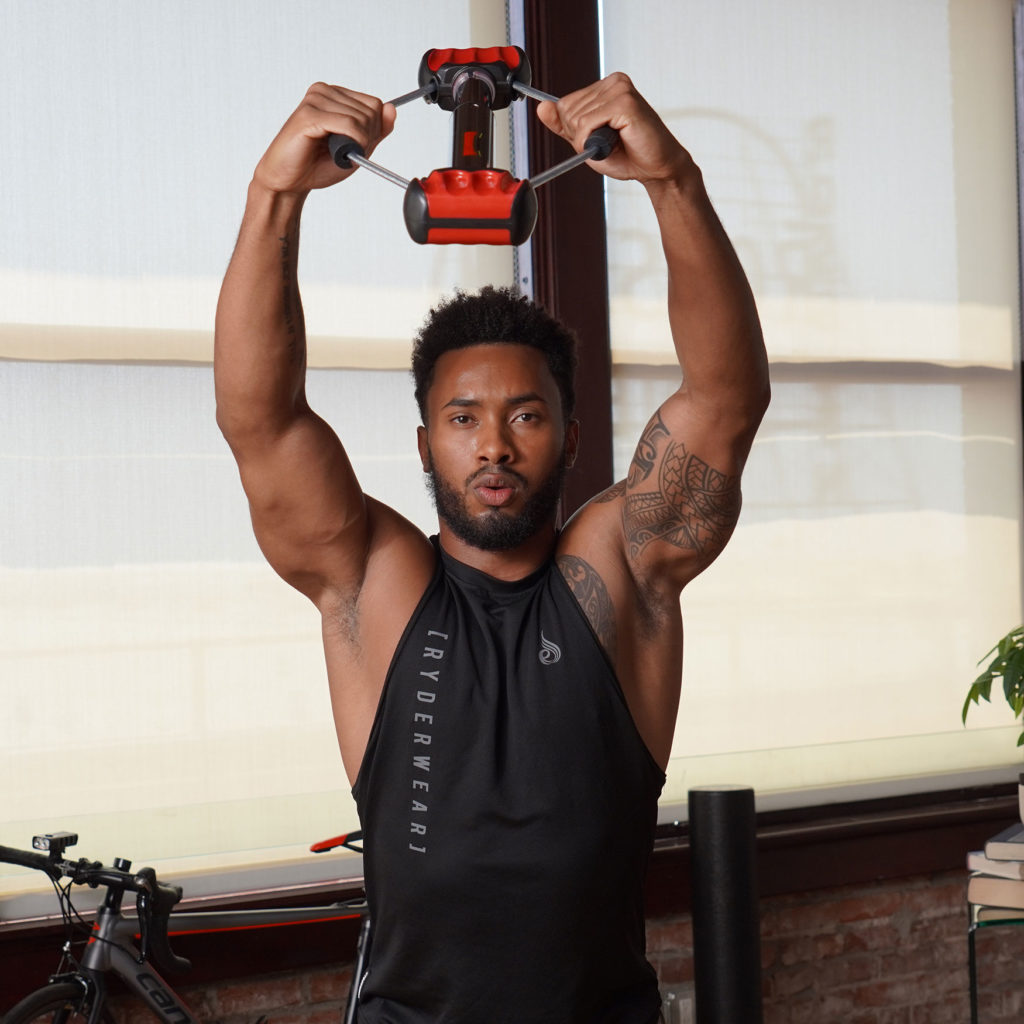
What is progressive resistance training?
As you continue to improve, progressive resistance is something to keep in mind. Progressive resistance is the concept of increasing the amount of tension or resistance you are exercising with as your body adapts. In other words, to maximize your results, you need to continuously challenge your body.
As your body gets stronger and more used to the exercises you are doing, it will adapt to make it easier. Therefore, to continue your growth and benefits, you will want to increase the load you are putting on your muscles.
A benefit of Bullworker’s exercise equipment is the fact you have 5 interchangeable springs for effective progressive resistance training and your Bullworker products also give you the added benefit of the resistance increasing during a particular exercise. This increasing resistance allows your body to start with less resistance at weaker joint angles and optimize stronger joint angles with more resistance.
Recover, again
Now that you are giving your body what it wants with sufficient rest, sleep, and nutrition you are ready for the next level of recovery to optimize your performance and maximize your results.
Stretching after a workout is always a good idea as this helps you start the recovery phase right away. Trust us, you will be glad you did. Don’t get us wrong, soreness can be seen as a good thing because it tells us we worked hard and, in a way, it is a good feeling but reducing that is nice too.
In addition, stretching afterwards, or a cool down, helps to release the tension and decrease lactic acid build up in your muscle fibers reducing muscle soreness. The more elongated and flexible your muscles are, within reason, the better you can perform.
Taking your recovery one step further you can incorporate massage. If you are fortunate enough to have your own masseuse or regularly get a massage, that is fantastic. There is a time and place for the relaxing vacation massage but do yourself the favor and ask you masseuse to dig in for some deep tissue action for full benefits.
No need to worry if you do not fall into the camp above, I don’t. Self-massage (foam rolling and other tools) is highly effective. This helps increase the pliability of your muscles, release tension, and also decrease the lactic acid build-up. All of that equates to better results, faster recovery, and less soreness.
Aim for that “hurts so good” feeling. You know where it is not necessarily enjoyable at first but as you breathe into it and relax it starts to feel good. That is the target here. You will thank yourself later.
Three Last Tips
- Always consult with your physician prior to engaging in any physical activity to ensure you are suited for exerting your body through resistance/strength training.
- Commit to your routine. Remember it is easy to fall into the infinite number of excuses. The truth is, I have never heard anyone say I wish I would not have exercised today. It is always the opposite; I am glad I made it happen today, I feel so much better, I wish I would have exercised today.
Some days you will be enthused for your resistance training and some days you will try to avoid it. An effective remedy to the latter is to just start. Give stretching, warm ups, or a famous Bullworker 7 second isometric hold a go and feel your energy and attitude boost. Movement brings more movement which brings better health and a fuller life.
3. Finally, make it fun. Stay creative. Enjoy the process. Extend invites. Find new places to exercise. Say yes to new opportunities.
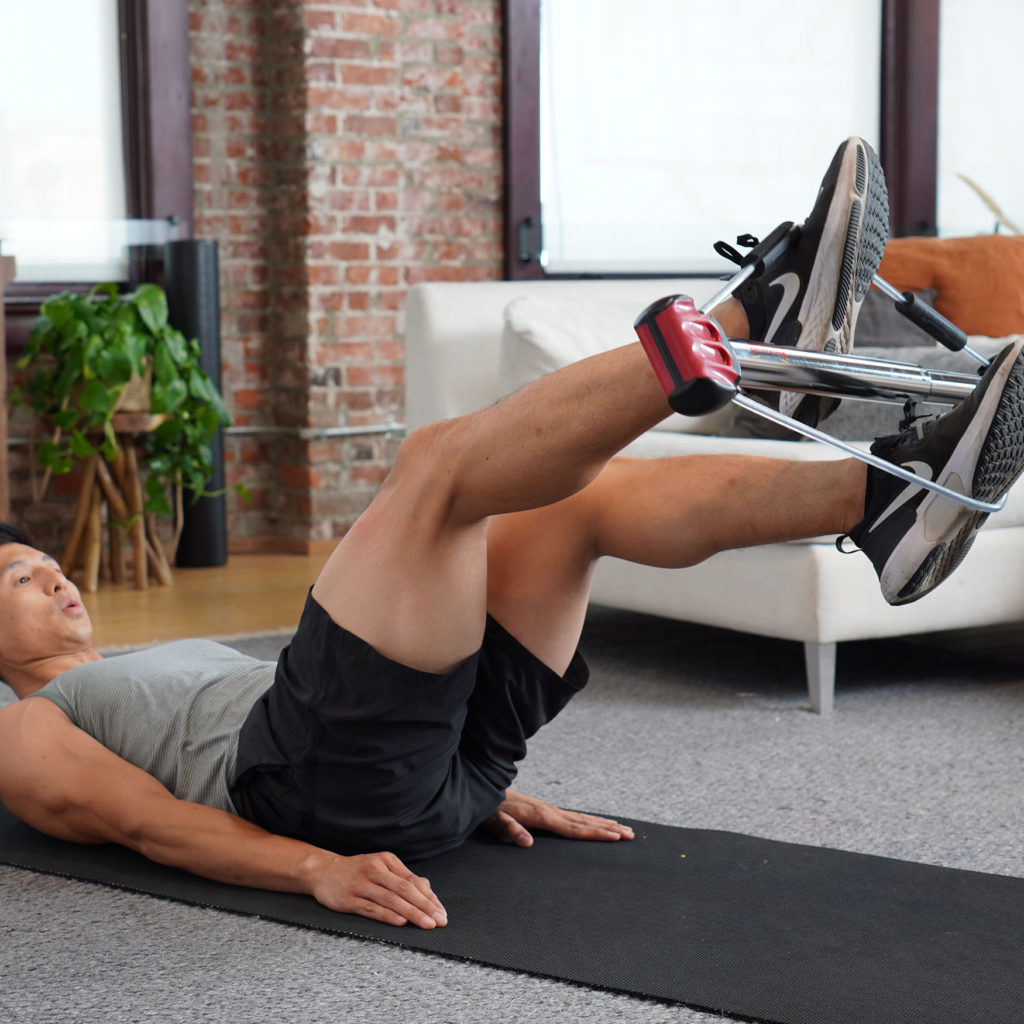
Conclusion/Summary
Strength training offers so many benefits and only takes a positive attitude to start. You don’t need a bunch of heavy, expensive equipment. Your bodyweight or a simple Bullworker are more than sufficent.
Break your muscles down but give them time to rest, fuel yourself with proper nutrition, and ensure you sleep an adequate amount.
Start slow, focus on form and time under tension, and listen to your body.
Set Goals and stay motivated, stay curious and research, have fun and get creative with friends and family.
